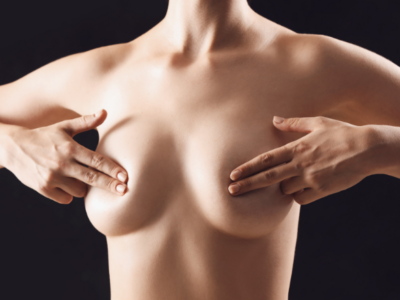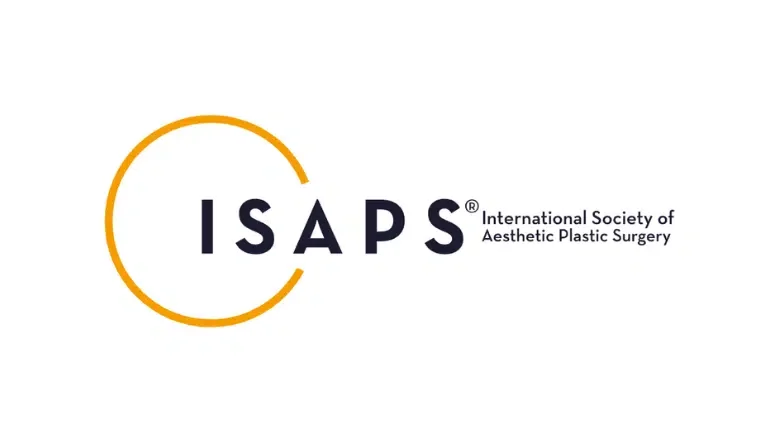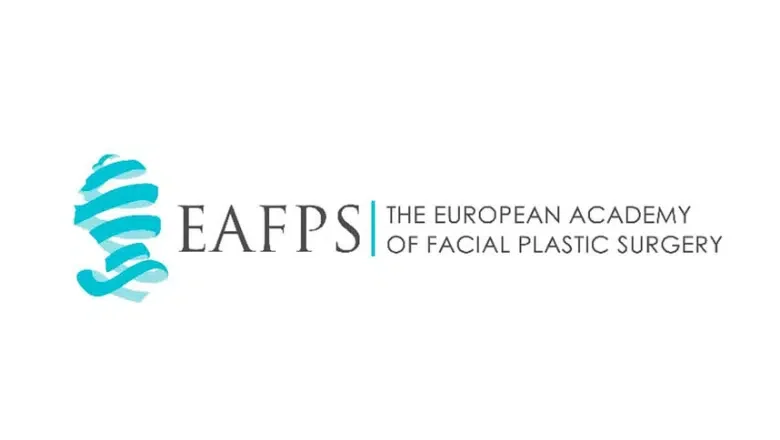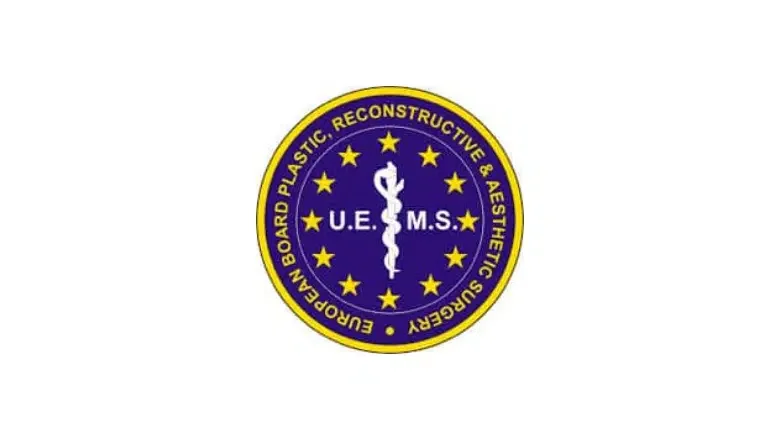How Do Breasts Change Naturally As We Age?
As we journey through life, every part of our body undergoes transformation, and the breasts are no exception. This natural progression in how our breasts look and feel is influenced by a myriad of factors, including the inevitable effects of ageing, lifestyle, and pivotal life stages such as pregnancy, childbirth, breastfeeding, and menopause.
RELATED: Breast Shape Variations: An In-depth Exploration
Over time, the once youthful elasticity of our skin begins to diminish, and gravity exerts its influence, leading to changes in the appearance of our breasts. They may lose their previous perkiness and firmness, reflecting the natural ageing process of the skin and the body’s tissues. This is a universal experience, marking the passage of time on our bodies.
Significant life events play a crucial role in altering the structure and texture of breast tissue. Pregnancy, childbirth, and breastfeeding bring about dramatic changes in hormone levels and the physical state of the body, often resulting in breasts that appear less full and more relaxed. Similarly, menopause marks a significant hormonal shift in a woman’s body, further influencing the appearance and feel of the breasts.
Moreover, as we age, the risk of developing various growths, such as fibroids and cysts, or more serious conditions like breast cancer, increases. This underscores the importance of regular breast examinations and staying vigilant about any changes. Being proactive about breast health can lead to early detection of potential issues, which is crucial for effective treatment and outcomes.
The Timeline of Breast Changes Through Life’s Stages
Breast changes are a natural part of a woman’s life, often influenced by significant life events such as pregnancy, childbirth, and menopause. These changes can vary widely from one individual to another but follow a general pattern influenced by hormonal fluctuations and the ageing process.
During Pregnancy and After Childbirth
The journey of breast transformation often begins with pregnancy, a time when the body undergoes profound changes to prepare for childbirth and breastfeeding. Hormonal shifts, particularly in progesterone and estrogen levels, lead to several noticeable changes in the breasts. One of the most immediate changes is an increase in breast size, as the glands responsible for milk production become more active and the blood flow to the area increases. Many women also report a change in sensation during this time, with breasts becoming particularly tender or sensitive.
This increase in size generally continues throughout breastfeeding. The breasts may remain larger than their pre-pregnancy size, due to the continued production of milk. However, once breastfeeding concludes, it is typical for the breasts to decrease in size. This reduction in size, coupled with the stretching of breast tissue and skin during pregnancy and breastfeeding, can result in a sagging or deflated appearance for some women. These changes are entirely normal, though they can affect a woman’s body confidence and self-perception.
Transitioning Through Menopause
Another pivotal period for breast changes is menopause, typically occurring between the ages of 45 and 55. As the body gradually produces less oestrogen, several changes in the skin and breast tissue occur. The decrease in estrogen levels leads to reduced skin hydration, making the skin less elastic and more prone to sagging. Concurrently, the breasts may lose their previous firmness and fullness as the dense breast tissue gives way to a higher content of fatty tissue. These transformations can also result in a change in cup size for many women as their bodies navigate through these natural ageing processes.
Exploring the Natural Evolution of Breasts Through Ageing
The term ‘natural breasts’ refers to breasts that have not been altered through surgical procedures, such as breast augmentation. Understanding the natural ageing process of breasts helps recognise the myriad of changes they undergo over time, often influenced by hormonal fluctuations, lifestyle, and genetic factors.
Key Changes in Natural Breasts With Age
As women age, their breasts undergo several noticeable changes, which are considered a normal part of the ageing process. These changes include:
- Appearance of Stretch Marks: Stretch marks may appear as the skin’s elasticity decreases, often a result of the skin stretching due to fluctuations in size and weight over the years.
- Nipples Pointing Downwards: Changes in the breasts’ shape and the effects of gravity can cause the nipples to point downwards. Additionally, the shape or texture of the nipples may change over time.
- Elongated or Flattened Appearance: The breasts may take on a more elongated or flattened shape, moving away from the fuller appearance seen in younger years.
- Increased Space Between Breasts: The spacing between the breasts may increase as the skin loses its elasticity and the breast tissue’s density decreases.
- Development of a Lumpy Texture: Over time, breasts can develop a lumpy or uneven texture, which is often the result of hormonal changes, and can include the formation of benign lumps or cysts.
The Role of Oestrogen in Breast Changes
A significant factor behind these transformations is the reduction in oestrogen levels. This hormone plays a crucial role in stimulating breast tissue growth and maintaining the density of breast tissue. As oestrogen levels decline, particularly during menopause, the stimulation decreases, leading to a reduction in the size of the mammary glands. This shift contributes to the breasts losing their firmness and appearing less full, as the dense breast tissue is gradually replaced by fatty tissue. Such changes can lead to the breasts appearing smaller and experiencing a degree of sagging.
Impact on Confidence and Consideration of Breast Enhancement
These natural changes, while a normal part of ageing, can significantly impact a woman’s body image, confidence, and overall happiness. For some women, the physical changes in their breasts during this period may prompt consideration of cosmetic procedures, such as breast enhancement, for the first time. It’s important to approach these considerations with a comprehensive understanding of the potential benefits and risks involved and to seek advice from qualified professionals.
Distinguishing Between Breast Augmentation and Breast Enhancement
Breast Augmentation and Breast Enhancement are terms often used in the realm of cosmetic surgery to describe procedures aimed at improving the appearance of breasts. While these terms may seem interchangeable at first glance, they refer to distinct approaches with different goals and outcomes for the patient.
Understanding Breast Augmentation
Breast Augmentation is specifically focused on increasing the size of the breasts. This enlargement is commonly achieved through two primary methods: the insertion of silicone or saline implants and fat transfer to the breasts. The core objective of Breast Augmentation is to create a larger and fuller appearance of the breasts, catering to individuals looking to enhance their breast volume.
RELATED: How can I Enlarge My Breasts?
The Role of Breast Enhancement
Breast Enhancement, on the other hand, encompasses a broader range of procedures, including those that alter the shape and position of the breasts without necessarily increasing their size. A quintessential example of Breast Enhancement is a Breast Lift (Mastopexy). This procedure is designed to lift and reshape the breasts, addressing the common issue of sagging that can occur with ageing, weight fluctuations, or after pregnancy and breastfeeding. The Breast Lift aims to restore a more youthful contour to the breasts by repositioning them higher on the chest wall and tightening the surrounding tissue.
Combining Procedures for Comprehensive Results
Many women find that the natural ageing process affects their breasts in multiple ways, leading to a desire for both increased volume and a reversal of sagging. In such cases, combining Breast Augmentation with a Breast Lift can offer a holistic solution. This combination allows for the enlargement of the breasts while simultaneously lifting and reshaping them, thereby addressing both loss of volume and sagging in one comprehensive procedure.
The Importance of Personalised Consultation
Deciding between Breast Augmentation, a Breast Lift, or a combination of both depends on individual aesthetic goals, the current state of the breasts, and the desired outcome. It is crucial for individuals considering these procedures to consult with a qualified plastic surgeon. A thorough consultation will include an assessment of the breasts’ size, shape, and skin quality, as well as a discussion about the individual’s expectations and lifestyle. This personalized approach ensures that the chosen procedure(s) align with the patient’s vision for their body and results in enhanced confidence in their appearance.
How Can Fat Transfer to Breasts Restore Natural Looking Breasts?
Fat transfer to the breasts, often hailed as a Natural Breast Augmentation, offers a way to enhance breast appearance by utilising the body’s own fat, rather than introducing foreign materials like implants. This technique, rooted in the principles of fat grafting, involves harvesting fat from one’s own body through liposuction from areas such as the waist, buttocks, or thighs. The extracted fat is then meticulously processed and reinjected into the breasts, aiming to increase volume and improve their overall lift.
Ideal Solution for Age-Related Changes
For many women observing the natural changes in their breasts over time, including loss of volume or sagging due to ageing, fat transfer presents a desirable solution. It’s particularly appealing for those seeking a more subtle enhancement rather than a dramatic increase in size. This method offers refinement and a modest boost to the breasts’ natural contours, aligning closely with the body’s original proportions and appearance.
Advantages Over Traditional Breast Implants
One of the significant benefits of opting for fat transfer over traditional breast implants is the minimisation of scarring. Unlike procedures that require large incisions to place implants, fat transfer involves injecting fat through tiny incisions, significantly reducing the visibility of any scars. This approach not only enhances the aesthetic appeal but also contributes to a more natural-looking outcome, as the added volume comes from the patient’s own body tissue.
RELATED: Breast Implants vs. Fat Transfer – Which Is Best For You?
Subtle Refinement and Natural Enhancement
The goal of fat transfer to the breasts is not to drastically alter breast size but to subtly refine and enhance their natural shape. This can include improving breast symmetry, adding softness, and creating a more youthful appearance. Since the procedure uses the patient’s own fat, it also carries a lower risk of rejection and allergic reactions compared to synthetic implants.
Considerations and Outcomes
While fat transfer offers a natural alternative to implants, it’s important for candidates to have realistic expectations about the results. The procedure is best suited for those looking for modest enhancements. Additionally, not all the transferred fat will survive the process; some of it may be reabsorbed by the body, potentially necessitating additional treatments to achieve the desired outcome.
Understanding Breast Fillers: An Overview
Breast fillers represent a cosmetic procedure where injectable dermal fillers, such as hyaluronic acid, are used to augment breast size temporarily. Hyaluronic acid is a naturally occurring substance in the human body, well-known for its application in dermal fillers to smooth facial wrinkles or enhance lip volume. When applied as breast fillers, this substance aims to provide a modest increase in breast volume, offering an alternative to more invasive surgical augmentation methods.
The Temporary Nature of Breast Fillers
Unlike permanent breast augmentation solutions, such as implants, the effects of breast fillers are not long-lasting. The body gradually metabolises the hyaluronic acid, with results typically fading over the course of several months. This transient nature means that to maintain the augmented appearance, repeat treatments would be necessary, leading to ongoing costs and appointments.
Considerations and Alternatives
While breast fillers might seem like a convenient and less invasive option for breast enhancement, there are important considerations to weigh. The volume of filler required to achieve a noticeable increase in breast size can be substantial, making the procedure less cost-effective compared to other treatments. Furthermore, the temporary results and the need for regular maintenance treatments can be significant drawbacks for those seeking a more permanent solution.
Fat transfer to the breasts presents a viable alternative for individuals looking for longer-lasting results from their breast enhancement. This procedure involves harvesting fat from one’s own body and injecting it into the breasts, providing a natural feel and appearance. Fat transfer can offer a more permanent solution to increase breast volume while also addressing issues such as breast asymmetry or minor breast sagging.
Consulting with a Specialist
For those considering breast augmentation of any form, a consultation with a specialist at Centre for Surgery is crucial. A qualified plastic surgeon can provide detailed information on the various options available, helping patients make informed decisions based on their body type, aesthetic goals, and the potential for combining procedures to achieve the desired outcome. It’s essential to explore all alternatives and understand the benefits and limitations of each approach, including breast fillers, to ensure the best possible results and satisfaction with the procedure chosen.










